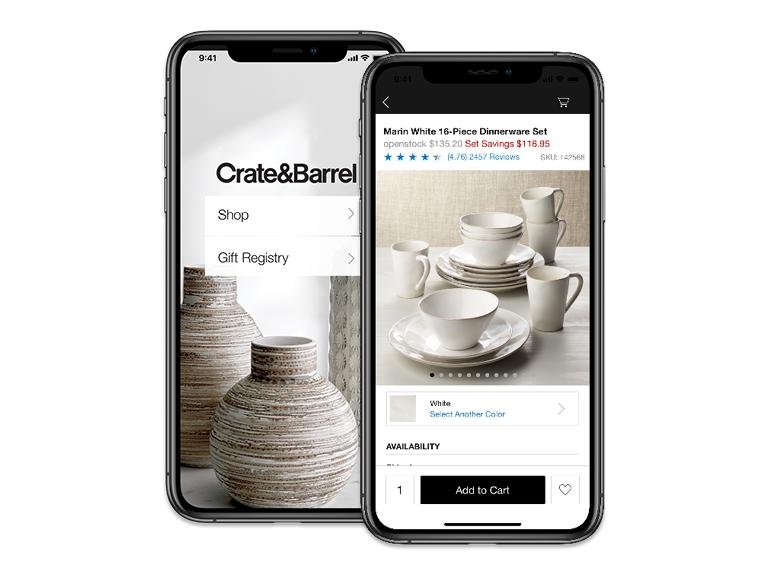In today’s day and age, it seems that every business, both big and small, is creating their own mobile app. From local restaurants to school districts, there are countless apps in the app store ready for download. Even our local churches have an interactive mobile app, no way you can forget those psalms now, can you?
While it seems like a fairly straightforward process, the designing of a high-quality and responsive mobile app is a complex and time-consuming venture. What you see on your phone screen at this time did not start that way when the idea was first put on paper, or in this case, on the screen.
Before a mobile application is launched for use, multiple processes must take place, one of the most important ones is the prototyping stage. This is when you design an app as a test trial in a simulated environment, kind of like playing Sims.
When it comes to mobile app prototyping, two main tools have dominated the UX/UI market: Figma and InVision. If you’re not a design or programming genius that has experience working with multiple platforms, you probably want to know, which one is better?
So, in this post, we will discuss the pros and cons of each, because we don’t discriminate here.
Figma

As with anything in life, there’s always a leader in the market. When it comes to UI, Figma takes the first place when it comes to the number of supporters. The 2020 Design Tools Survey shows that 66% of designers use Figma for their UI design needs. But, does that necessarily make Figma the obvious choice? Is more popular always equate to better? Let’s find out.
Figma is a versatile tool that is 100% cloud-based. It is available for Windows, macOS, iOS, and Android, meaning you do not have to have an ultra-powerful super machine to use this tool, making it accessible to most people, which would explain why 66% of UI designers prefer Figma. Consider it the Robinhood of UI/UX Design. Easy, and accessible. Sounds about right.
Figma offers a variety of different features to support you on your UI/UX journey, including:
- Prototyping (storyboards, wireframes)
- Graphic design (vector graphics editor, animated interactions)
- Collaboration (real-time editing and commenting)
Sounds great, an easy-to-use tool available virtually to everyone that places heavy emphasis on teamwork and collaboration. What’s the catch?
It all boils down to the less is more aspect of mobile app prototyping. By enabling so many features, Figma creates quite a steep learning curve to be able to produce high-quality products. Allowing so many contributors to make comments and edits at once can end up in a jumbled-up mess of edits and changes, ultimately resulting in a low-quality product that took a long time to create.
In the opinion of The Creative Parlor team, it’s best to leave the designing… well.. to the designers. Changes can be made on an as-needed basis.
InVision

InVision is the bigger player when it comes to mobile app prototyping and other aspects of the UX/UI design process. While Figma focuses on the majority of the market, especially smaller clients, InVision is the leader in the corporate world, with clients ranging from Amazon to Netflix.
Perhaps the most useful feature of InVision is its integration with other popular office-use tools such as Slack, making for a more cohesive and collaborative design process. While it does not allow every party involved to make changes to the design, it does allow for contributors to upload their comments and immediately notify other interested parties. Those comments are then easily turned into tasks, and a tool such as Inspect, which translates graphic files into front-end development specs, makes coding a faster and easier process.
InVision isn’t without cons, the primary reason for concern is the high price tag associated with this tool. Since the primary customer for InVision is large corporations, it only makes sense that they’d make their product less available to the everyday consumer. In addition, it is not as accessible through multiple platforms as Figma is, some of its primary features are only available on the desktop version of the application, creating additional limitations.
Figma vs InVision
With real-time collaboration, prototyping features, and tons of interactive features, both of these platforms make the cut for mobile app prototyping in our books. What it ends up boiling down to is the price and accessibility of the applications.
For a small-scale project such as a local store or restaurant, we would recommend scaling down and opting in for Figma, however, if you’re working on a big-scale mobile app prototyping project, InVision may be worth the money.
